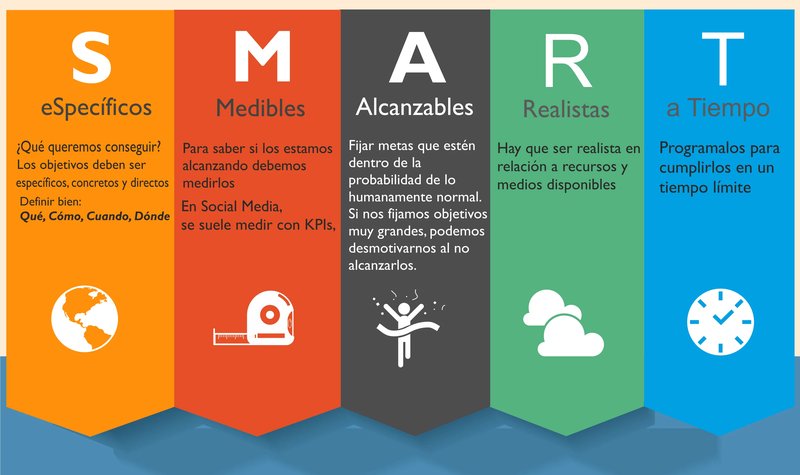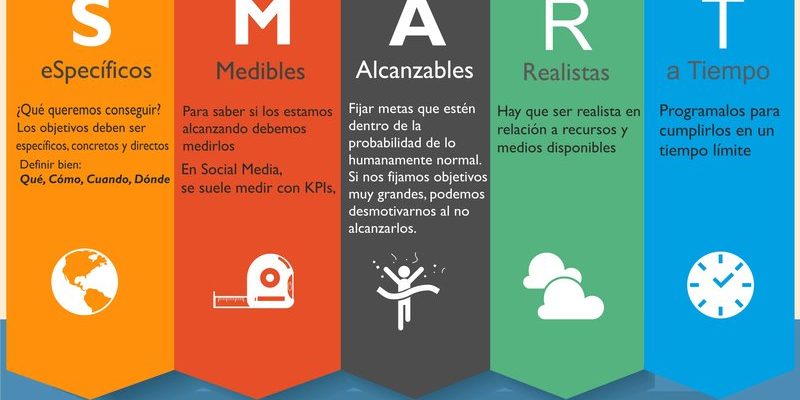
Imagine a busy restaurant. The zebras are like the patrons, constantly interacting, observing their environment, and making choices based on what they see. Just like diners choose which meal to order based on their experience, zebras use their cognitive abilities to navigate the challenges of their habitats. So, let’s dive into the fascinating world of plains zebra intelligence and discover just how smart they really are.
Understanding Plains Zebra Social Behavior
Plains zebras are social animals that thrive in groups called herds. The dynamics of these herds are a testament to their cognitive abilities. They form tight-knit family groups, often led by a dominant mare, which helps maintain order and safety. You might be wondering why that’s important. Well, living in a herd allows zebras to share responsibilities like watching out for predators while others graze or rest.
Zebras have also been known to show a range of social behaviors, like grooming each other. This isn’t just for looks—it’s a way to build bonds and reinforce social structures within the herd. So, while zebras might seem like they’re just hanging out, they’re actively engaging in behaviors that demonstrate their understanding of relationships and social hierarchies.
Communication Among Zebras
Communication is another fascinating area where plains zebras show their intelligence. They use a variety of sounds and body language to convey messages. Their vocalizations include barks, whinnies, and snorts, which can signal anything from alarm to affection. Imagine a group of friends chatting; each sound conveys a different feeling or idea. Zebras do the same!
Body language also plays a significant role in how they communicate. They might flatten their ears to show irritation or stand close to one another to display trust and safety. This complex communication system indicates a level of cognitive ability that allows them to express emotions and intentions effectively.
Problem-Solving Skills in the Wild
When it comes to survival, plains zebras showcase impressive problem-solving skills. For instance, they have to constantly adapt to their surroundings, whether it’s finding food or evading predators. They can remember locations of water sources and good grazing spots, which is crucial for their survival during harsh seasons.
If a zebra spots a predator, the whole herd doesn’t just panic; they have learned strategies to respond. Sometimes, they might form a circle, presenting their hooves and teeth to ward off predators. This strategic thinking shows that zebras can assess threats and act in a way that maximizes their safety.
Learning and Memory
Learning from experience is a significant aspect of zebra intelligence. They have good memories, often recalling specific locations and the behavior of other animals. For example, they can remember which predators are more likely to be found in certain areas, allowing them to navigate their environment more safely.
Zebras also learn from one another. Young zebras often watch how their mothers react to different situations, picking up important cues about potential dangers. This ability to learn from others not only demonstrates their intelligent nature but also helps ensure the survival of the next generation.
Adaptation and Survival Strategies
Adaptation is a clever tactic zebras have mastered. Their ability to live in varied environments, ranging from grasslands to savannas, shows their cognitive flexibility. Zebras can cope with changing conditions, such as seasonal changes in food supply, by migrating or adjusting their diets.
When faced with limited resources, plains zebras have been observed changing their grazing patterns or using different foraging techniques. This adaptability isn’t just a survival tactic; it reflects a sophisticated understanding of their environment and the resources available to them.
Comparing Zebra Intelligence to Other Animals
You might wonder how zebra intelligence stacks up against other animals. While dolphins and elephants often top the charts, zebras have skills that make them stand out in their own right. For instance, zebras might not solve complex puzzles like some primates, but their social intelligence is remarkable. They thrive in groups where cooperation and communication are key to survival.
Moreover, their ability to adapt and learn from their environment can be compared to more widely recognized intelligent animals. So, while they might not have the same reputation, zebras are definitely clever creatures in their unique ways.
Why Understanding Zebra Intelligence Matters
Understanding the intelligence of plains zebras is important for conservation efforts. The more we know about their behavior and cognitive abilities, the better we can protect their habitats and ensure their survival. By appreciating their social structures and problem-solving capabilities, we can foster a greater respect for these unique animals.
Additionally, recognizing their intelligence can help us understand the ecosystems they inhabit. Zebras play a crucial role in their environment, and by protecting them, we are also safeguarding the intricate web of life that exists around them.
In conclusion, plains zebras are far more than just beautifully striped animals. Their social behavior, communication skills, problem-solving abilities, and adaptability all reveal a level of intelligence that is quite impressive. By exploring their cognitive abilities, we gain a deeper appreciation for these creatures and the roles they play in their ecosystems. Understanding zebras helps us become better stewards of the natural world, ensuring that future generations can enjoy these fascinating animals and the rich environments they inhabit.

